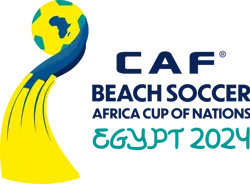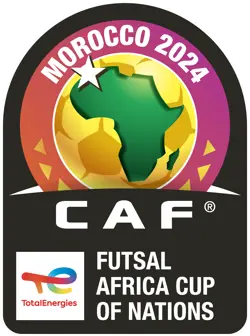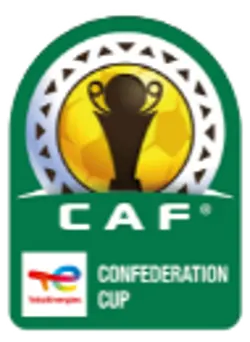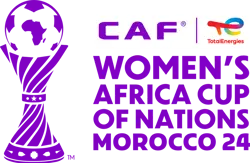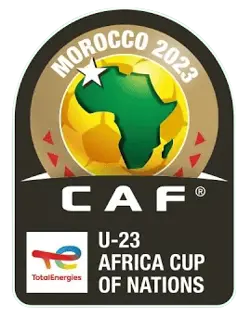WAFCON 2024 / Meskerem Goshime: “The pitch is yours”

- The TotalEnergies Women’s Africa Cup of Nations 2022 marked a major turning point according to Meskerem Tadesse Goshime, with full stadiums, remarkable tactical intensity, and unprecedented media visibility
- In 2024, she wants to strengthen the foundations, professionalize the structures, and make the competition a continental catalyst
- For the head of women’s football at CAF, every transfer or victory strengthens the momentum of an assertive African women’s football landscape, driven by figures like Banda and Kanjinga
The TotalEnergies CAF Women’s Africa Cup of Nations 2022 marked a major turning point, according to CAF’s Head of Women’s Football, Meskerem Tadesse Goshime.
Packed stadiums, remarkable tactical intensity, and unprecedented media visibility are some of the key highlights.
With the Morocco finals taking place in the next few weeks (5 - 26 July) she wants to strengthen the foundations, professionalize structures, and make the tournament a continental catalyst.
Two years after that historic turning point, the 2024 edition of the TotalEnergies CAF Women’s AFCON is shaping up to be even better than before.
In this interview with CAFOnline, Meskerem Goshime outlines a future she wants to be ambitious yet structured, grounded in reality but powered by hope.
CAFOnline.com: How do you view the 2022 edition of the Women’s AFCON?
Meskerem Goshime: The edition was a historic turning point for women’s football in Africa. The level of competitiveness had never been so high, stadium attendance so strong, nor media interest so significant. It was also the first time the tournament welcomed twelve teams, allowing new champions, finalists, and semi-finalists to emerge.
It’s concrete proof that women’s football in Africa is progressing and that our national teams are gaining strength. Above all, it shows that with rigorous planning and targeted investment, our continent can host world-class events and inspire a whole generation.
What initiatives are planned for the 2024 edition?
The tournament will include long-term development initiatives. These include a workshop focused on players in partnership with FIFPro, as well as a full technical study on the evolution of tactical and technical aspects in participating teams’ gameplay. The goal is clear: to strengthen the women’s football ecosystem, develop skills, and lay solid foundations for the future.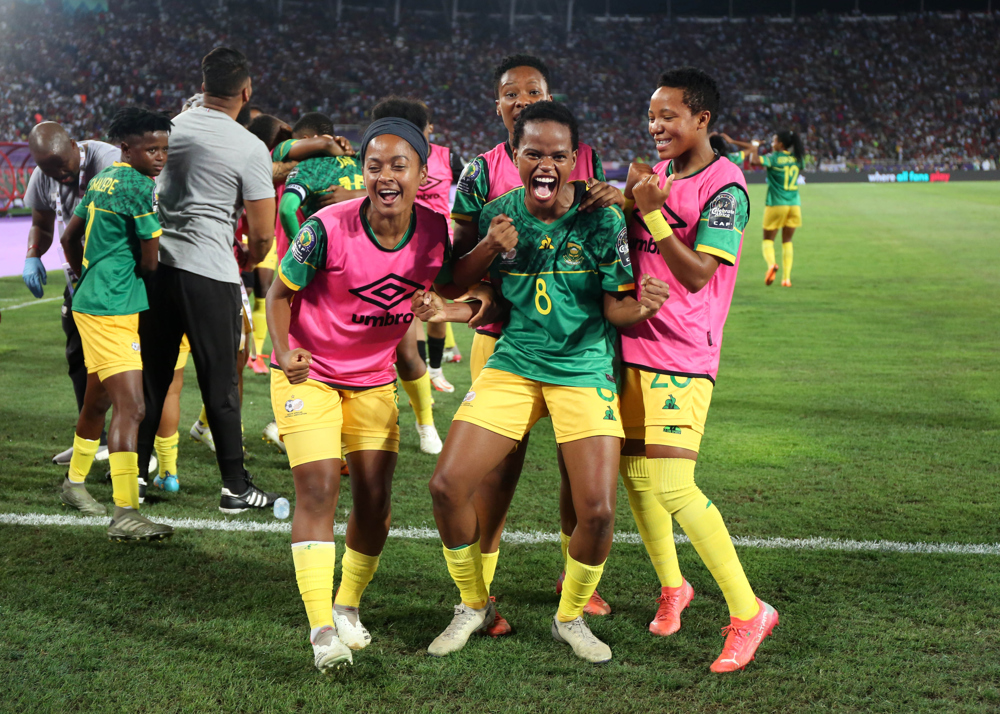
Where does Women’s Football in Africa stand on the global stage today?
Our football is on the rise. Our teams have proven their talent, resilience, and determination in recent FIFA competitions. Africa is now being taken seriously.
But there’s still work to do. We must keep investing, structuring, and professionalizing.
We must ensure fair access to opportunities for all. Looking ahead to upcoming U-20, U-17 World Cups and club competitions, we’re eager to see how far our teams can go.
Players trained locally, like Barbra Banda, Kundananji, and Merveille Kanjinga, recently signed with major clubs. What explains this momentum?
It’s the result of several years of work. This boom is driven by better scouting networks, increased media visibility, and gradual professionalization of our national teams and leagues.
Our players have always had talent. Now, the world is watching. These recent transfers perfectly reflect that evolution. Pioneers like Asisat Oshoala paved the way, and now the younger ones are proving that you can rise from local beginnings to the elite.
📸 - Barbra Banda and Rachael Kundananji after Orlando Pride vs Bay FC match. ✨
— TR Sportzm (@TRSportzm) May 12, 2024
Zambia Ku Chalo 🇿🇲#TRSportzm pic.twitter.com/oK4JZs7nJn
Can African clubs benefit from these transfers?
Yes — if they’re well-prepared. Transfers present real economic opportunities: through license regulation, implementation of solidarity mechanisms, and training compensation via FIFA systems, clubs can earn revenue.
But that’s not all: these moves boost visibility, attract sponsors, enhance club branding, and allow reinvestment in training and infrastructure.
Do these transfers influence media perception of African women players?
Absolutely. When an African player signs with a major club, the media narrative changes. It enhances their legitimacy, draws attention, and commands respect.
It’s a crucial step forward in how female athletes are perceived and valued — both in Africa and beyond. These signings are not just sporting achievements; they are symbolic.
Does the arrival of high-profile coaches like Jorge Vilda (2023 World Cup winner with Spain) or Farid Benstiti bring a fresh dynamic?
Their presence undeniably strengthens the credibility of African women’s football. Their experience, standards, and work ethic create a professional, motivating environment for both players and local staff.
It’s also a learning opportunity for African coaches, who can draw from these role models to further elevate the game on our continent.
What are your hopes for the 2024 edition, beyond the continental title?
We want to go further than just a list of winners. The goal is to show that Africa can host top-tier women’s competitions. Most of all, we want to leave a legacy. This WAFCON must help strengthen national structures, showcase our talents, and solidify African women’s football for the long term.
We’re hoping for an inspiring, competitive tournament that sparks a new wave of momentum.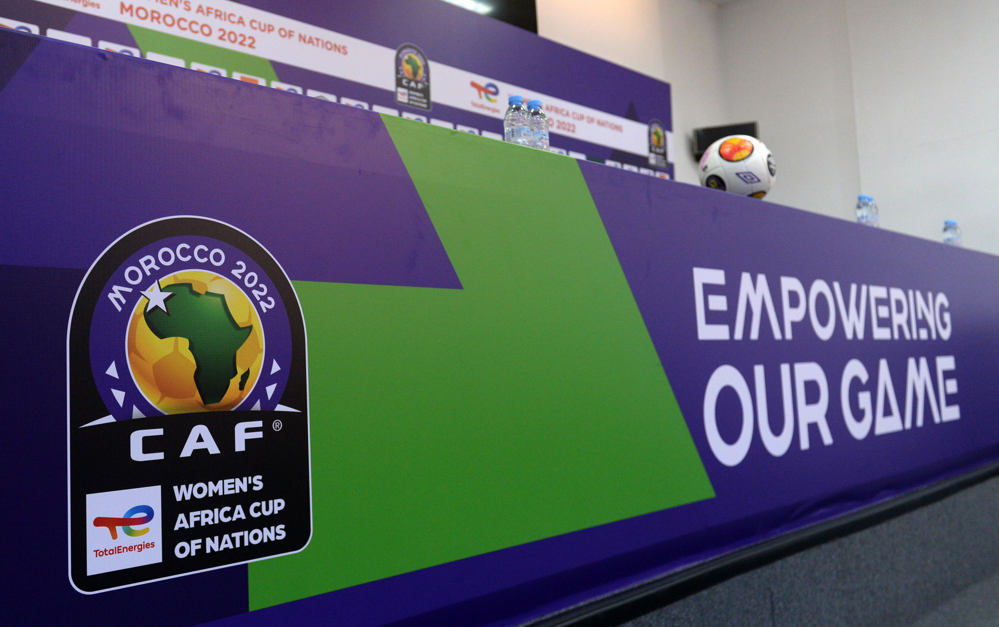
What measures are in place to promote media coverage of the competition?
CAF is working closely with local and international media partners to ensure quality broadcasting. This includes multilingual digital campaigns, immersive content, player-centred storytelling, and maximum accessibility via TV and streaming.
Our aim is clear: to bring the emotion of the Women’s AFCON to as many people as possible, across Africa and beyond.
If you could speak directly to a young African girl dreaming of becoming a footballer, what would you say?
I would say: “Your dreams are valid, your talent is real. Be proud, be bold. The pitch is yours. The future of African football needs your voice, your play, your light. You are a born winner.”


